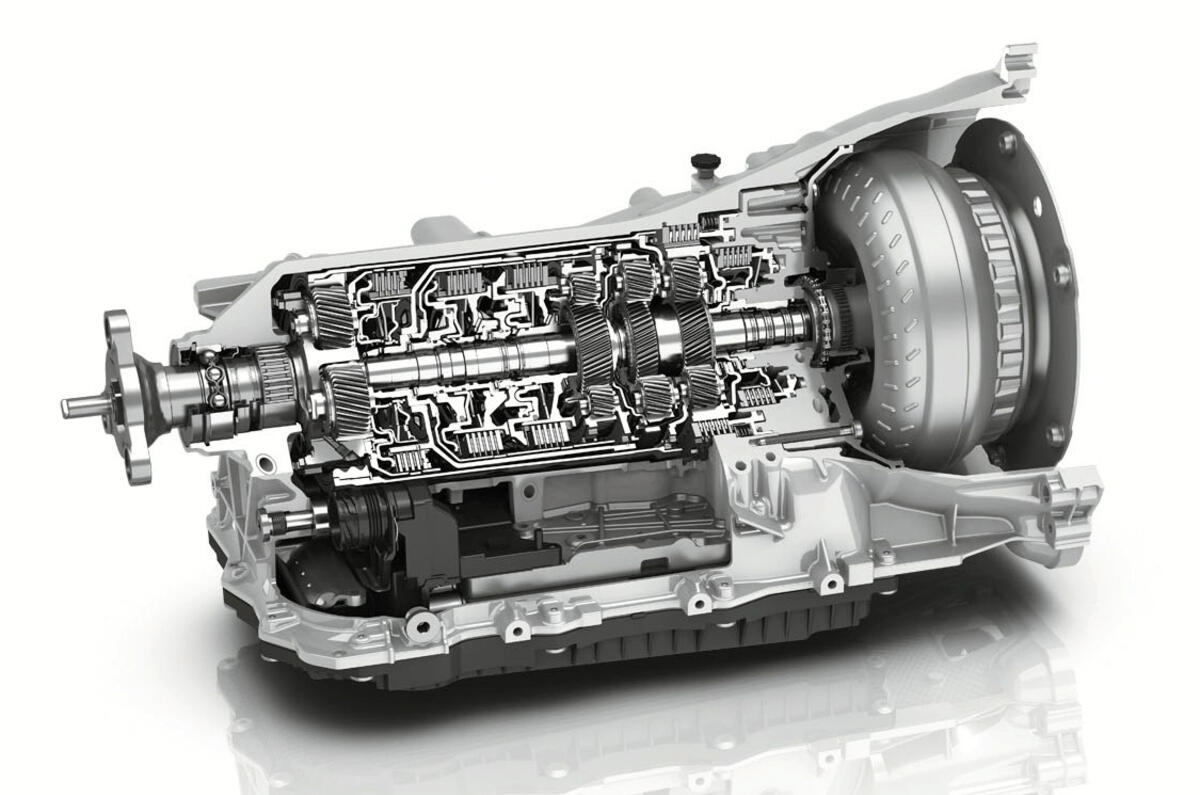If you’re a fan of cars then the word “torque converter” is likely not unfamiliar to you. Torque converters play a significant part in the automotive engineering. They are particularly important in automatic transmission systems. They ensure the seamless operation of your car, facilitate power transmission and contribute to a comfortable driving experience. This guide will unravel the workings of torque converters to shed light on their essential importance in the automotive industry.
Knowing the Torque Converter
The Essence of Power Transmission: At its core, it is a fluid coupling designed to be used in automatic transmissions. Its primary function is to transmit energy from the engine into transmission which then propels the wheel. This system operates smoothly within the gearbox that is automatic, and connects the gap between the movement of wheels and engine power.

Components The torque converter composed of three key components comprising impeller, turbine and stator. These components work together to convert torque into power.
Dismantling the Mechanism
The workings of the operation of a torque converter is fascinating. It involves complex interactions that result in effective transmission power.
Impeller Initiation When the engine is running, it starts the process by spinning the impeller. The impeller is akin to a fan and is used to move transmission fluid inside the converter. When the impeller spins, it creates fluid that hits the blades of the turbine.
Turbine Response: A motor connected to the input shaft of the transmission is activated when a fluid comes into contact with the impeller. This puts the turbine into motion, causing it to spin at a speed in proportion to the movement of the impeller. This generates kinetic power as well as the power needed for transmission.
The Role of the Stator: Enhancing Efficiency
One of the key elements of the torque converter is the stator. It is located between the impeller and turbine, the stator has an essential role in improving the effectiveness of the power transmission process.
Fluid Redirecting System The stator redirects fluid flow between impeller and turbine. This is essential for maximizing the torque of the motor and for ensuring smooth power transfer. Stators contribute to smooth and efficient operations by controlling the flow path. For more information, click upgrade torque converter
Torque converters are crucial to drive.
The function of a torque converter holds an immense importance when it comes to driving experiences:
Smooth Transitions. The design of the torque converter and its mechanics are responsible for the seamless shifts between gears. The fluid coupling nature of torque converters removes the requirement to engage the clutch manually, which results in smooth gear shifts, without interruption to power flow.
2. Torque converters also can help prevent engine stalling. Fluid couplings allow engines to operate even when the vehicle is stationary. This allows for a steady idle, and avoids the requirement to engage manually the clutch when the vehicle comes to a stop.
3. The torque converter helps to ensure efficient power distribution by maximizing the power transfer and torque output. This improves your driving experience because they provide the required power for acceleration or cruise control.
In the end the torque converters are complex mechanical elements that make up the backbone of automatic transmission systems. Fluid coupling, assisted by the stator turbine and impeller, allows for seamless transfer of engine power to the transmission. This powerful power transmission assists in smooth gear changes as well as preventing stalling and idle problems, and improves overall efficiency.
Understanding the role of torque converters is essential for automotive enthusiasts as well as engineers. These devices are the result of the marriage of fluid dynamics and engineering, which ensures that each drive is efficient and smooth. The torque converter is the most important component of car technology as it continues grow. It is an illustration of the way that mechanics and technology interact.